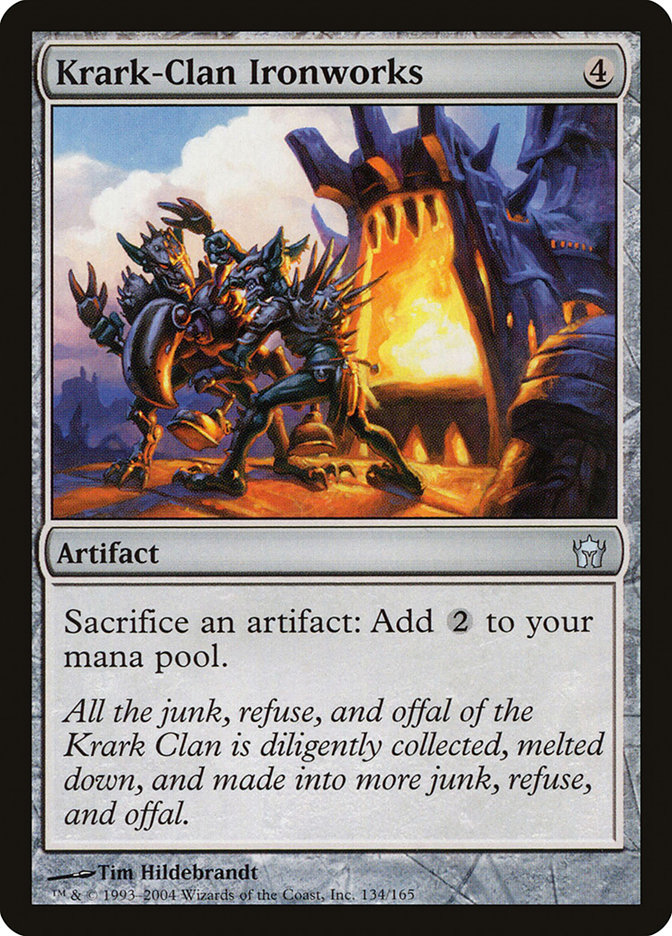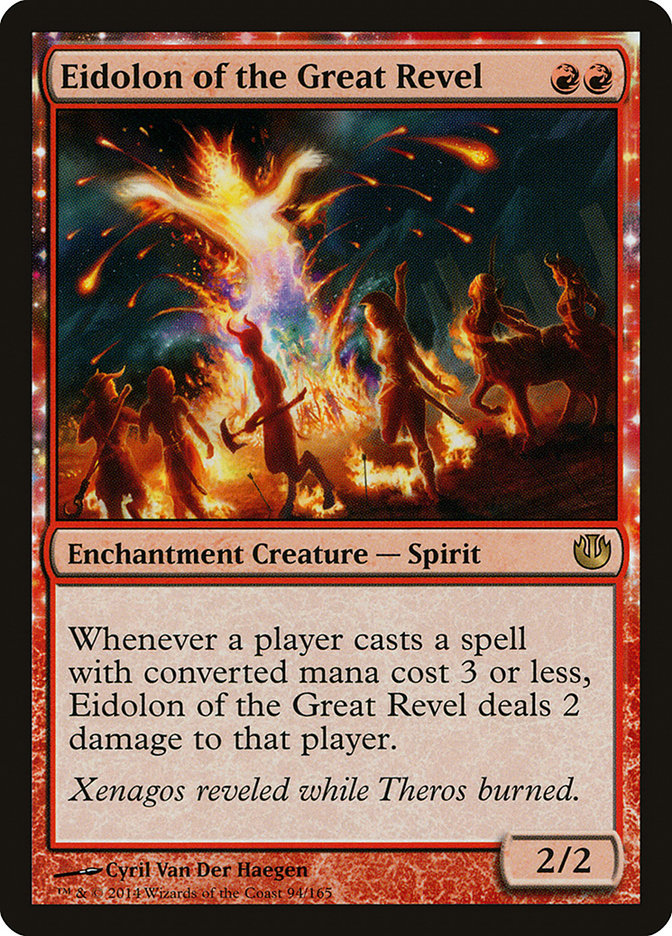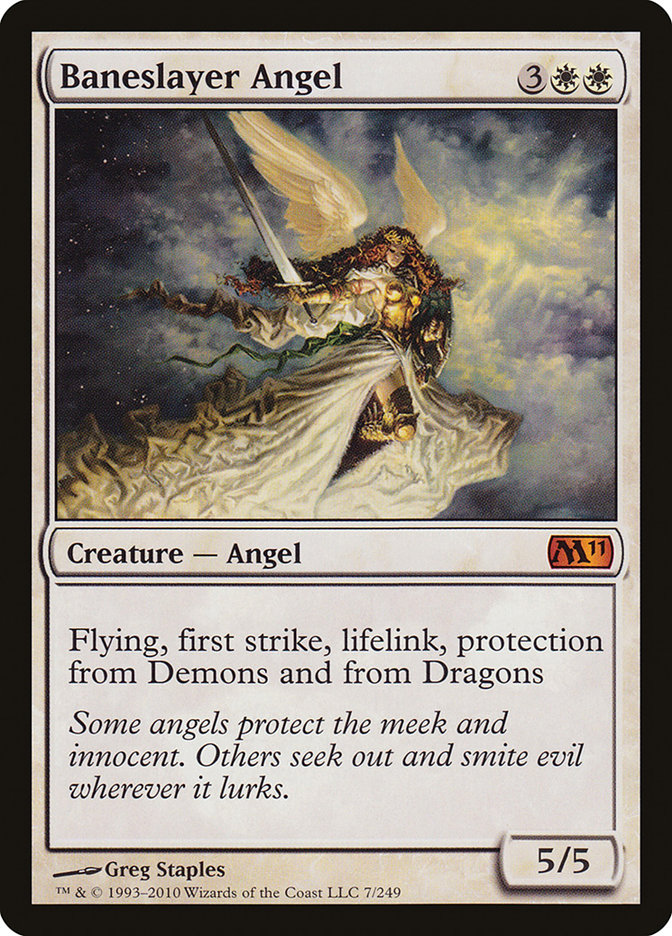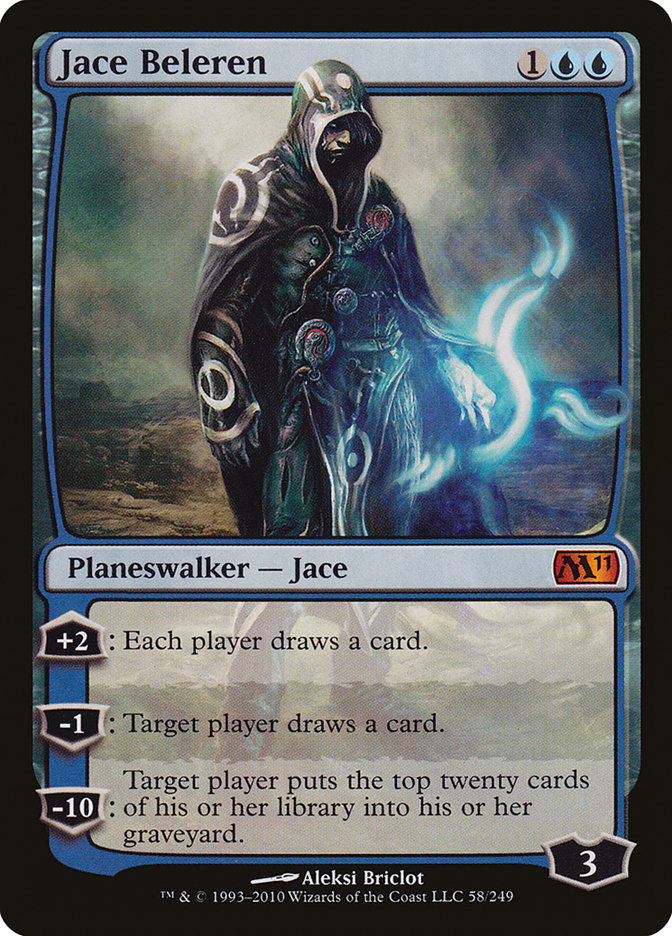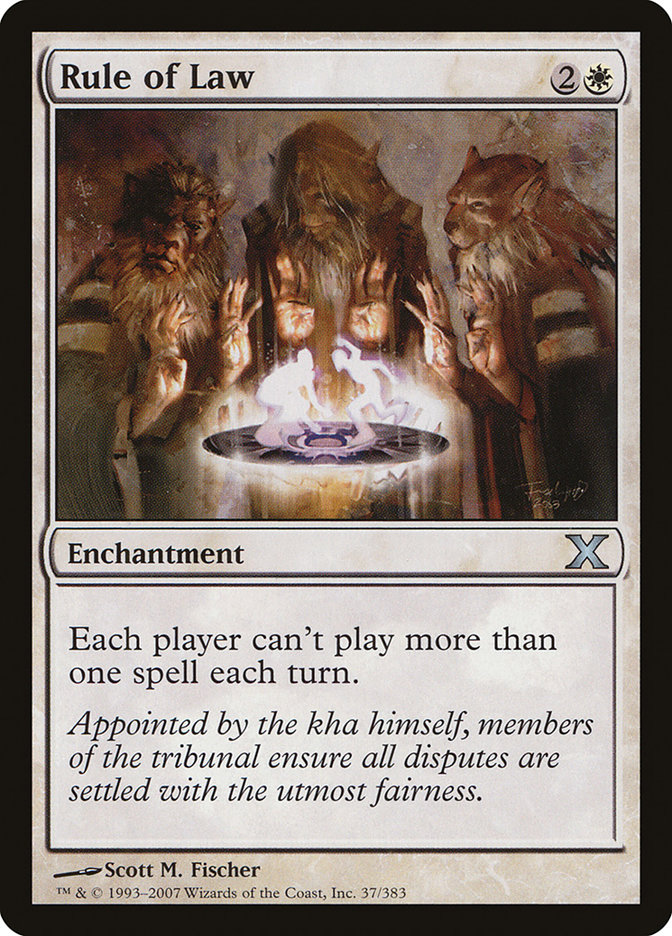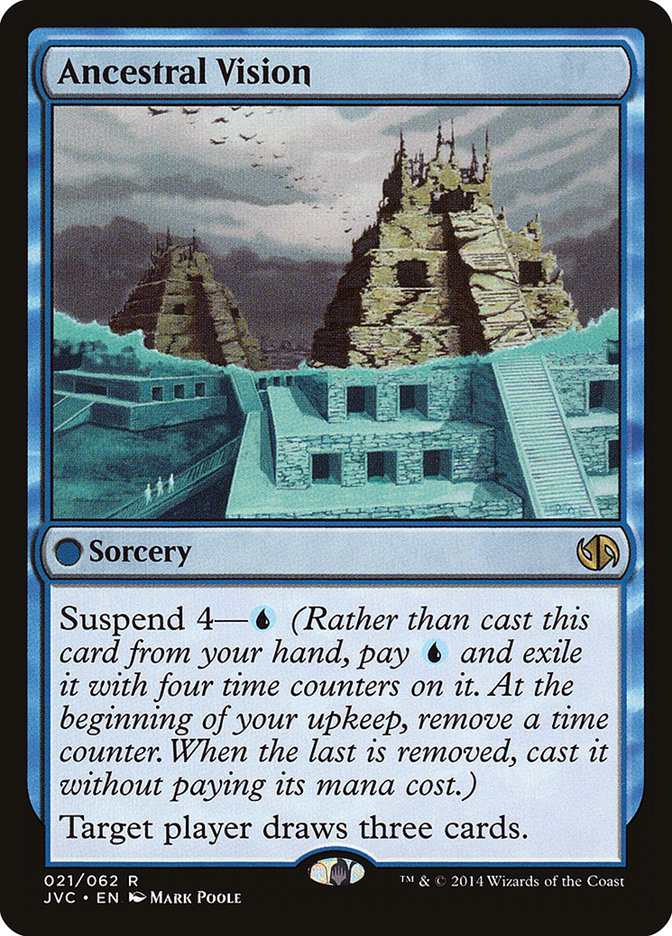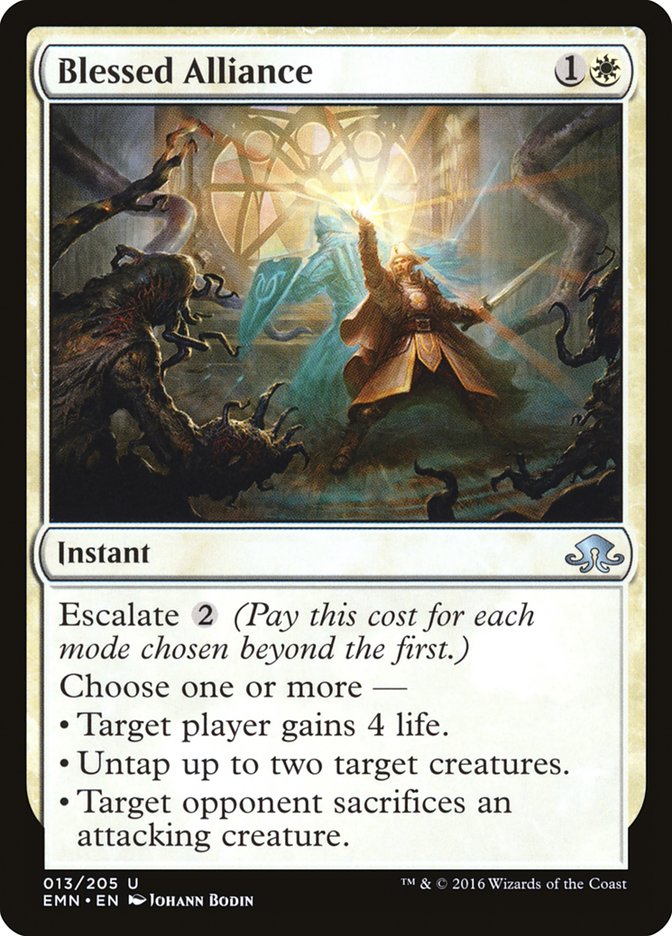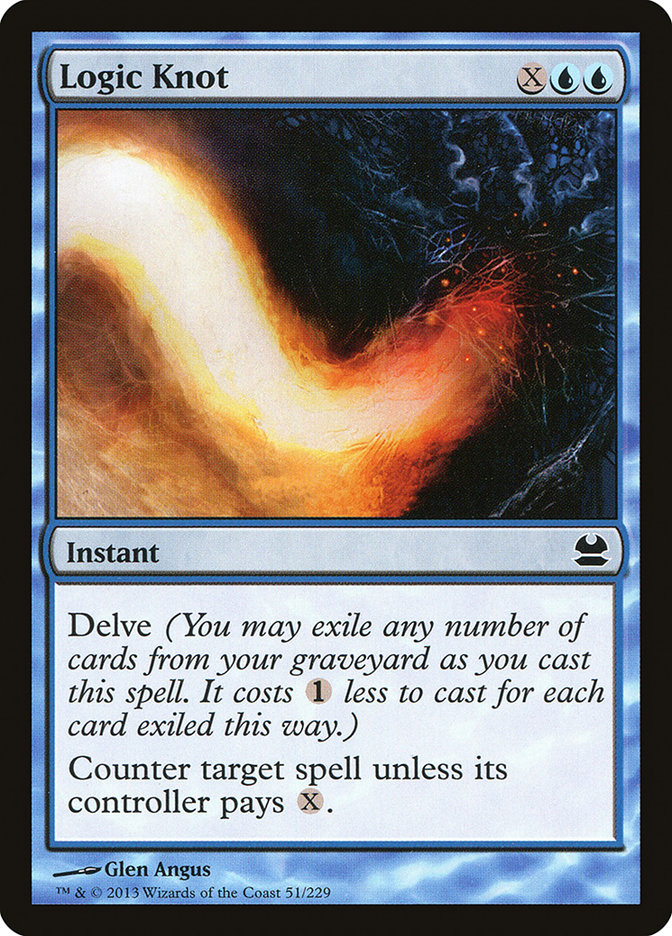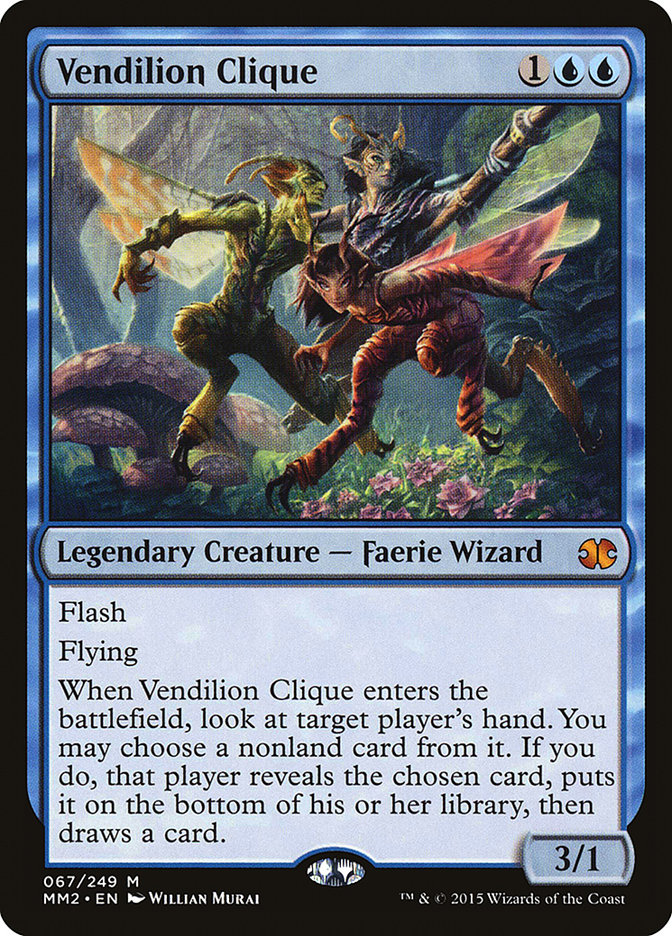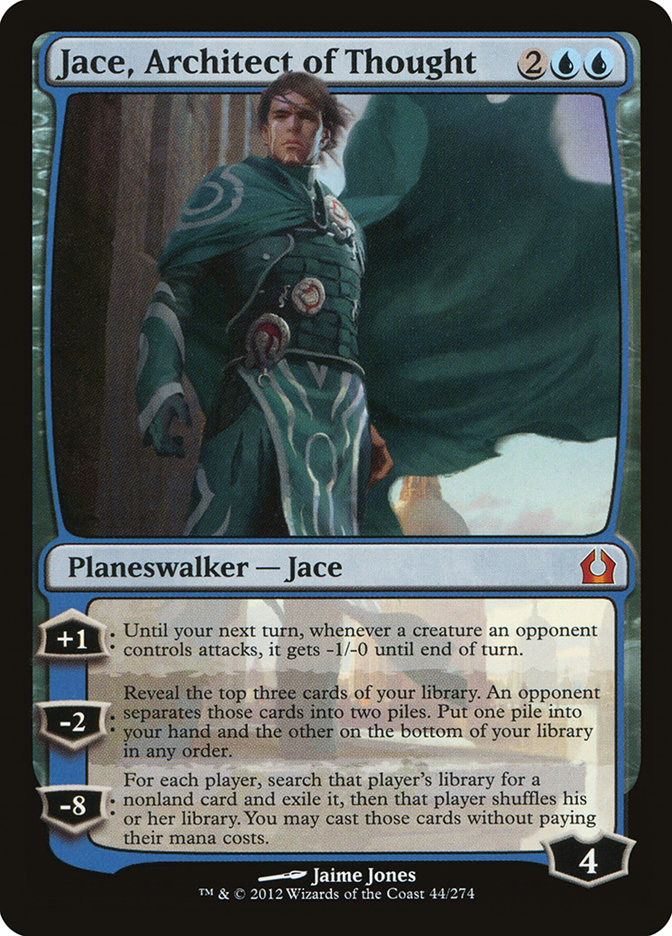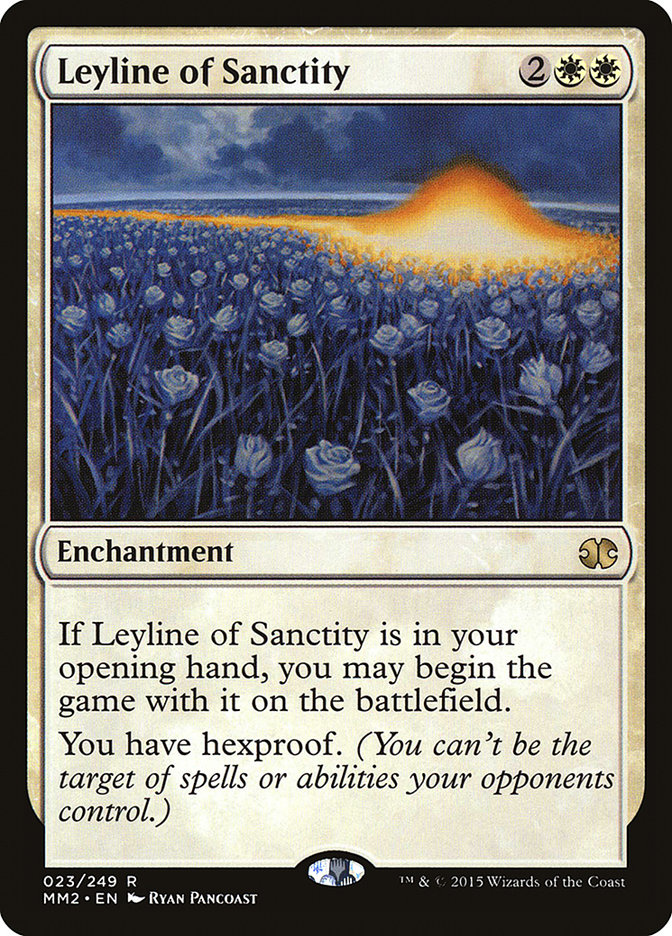By the time you read this, Grand Prix San Antonio will be over. [Copy Editor’s Note: Congratulations on the cash and Pro Point, Shaheen!]
Team tournaments are truly the greatest formats that have ever existed. Anytime there is one scheduled, regardless of distance, I make my best effort to attend. I’ve even packed the suitcase and flown to Sao Paulo to attend a Team Limited event with a couple of fun fellas.
Brian Braun-Duin and Pascal Maynard have joined me for last weekend and the next as we take on the Unified Modern format in San Antonio and Team Limited in Mexico City. It is no secret that I have extended beef with the Modern format in general, so preparing for San Antonio was stressful to say the least. I promised my friends that I would not get pigeonholed into a control strategy and try the full field of Tier 1 decks. After what feels like an eternity of testing, I can say that I have broadened my understanding of the wackiness that is Modern.
I jammed Leagues with Krark-Clan Ironworks, Ad Nauseam, Revolt Zoo, Burn, and a few other creations that I am not proud of. The result was an increased level of experience, but also a strengthened level of comfort with the last deck in the extensive line of experiments.
U/W Control was the last Modern deck I played that had tremendous success. It feels like just yesterday when I battled in a Grand Prix in my stomping ground of Richmond and crushed the competition with Jace Beleren; Elspeth, Knight-Errant; Baneslayer Angel; and a few other gems. I finished 13-2, which was good for twelfth place in a four-thousand-person event. But the format has changed drastically since then, with the removal of Splinter Twin, a bunch of sets released, and the format not having many unknown factors left.
My issues with control’s viability still exist, but I may have found a sweet spot for this specific metagame. Due to the Unified Modern rules, no two players can play the same spell in their respective decks, which led to some simple predictions. My team crunched the numbers, broke out the spreadsheet, and determined the likely three deck combinations that would be the most powerful. In doing this, we not only found our preferred weapons, but we were able to get a promising idea of what our opponents will be using as well.
U/W Control, or any control for that matter, can be fine-tuned to beat a handful of decks. This has never been the issue with control in Modern. The issue that I’ve written about extensively is the inability to handle a field of twenty different aggressive/combo decks. The unique dynamic of this format is our ability to predict with confidence the range of decks we will face, and for that range to be very small when compared to a normal Modern event.
Creatures (4)
Planeswalkers (4)
Lands (25)
Spells (27)
- 1 Mana Leak
- 4 Serum Visions
- 2 Condemn
- 2 Spell Snare
- 2 Logic Knot
- 3 Cryptic Command
- 1 Negate
- 4 Path to Exile
- 4 Spreading Seas
- 3 Supreme Verdict
- 1 Detention Sphere
Sideboard

I noticed U/W Control gaining some popularity on MTGO last week. Gabriel Nassif vouched for the power of this color combination and had a few successful Leagues that he streamed for all to see. The MTGO metagame isn’t anywhere near what we expected to face off against in San Antonio; however, success in any form for control is something that will always catch my eye. Nassif’s deck was a bit off in a few areas, so I got to work tweaking, and testing this masterpiece he was playing to prepare it for our gauntlet.
The most obvious fix that had to be applied was the manabase. Nassif was playing four Plains and four Tectonic Edge in his four Cryptic Command deck. That, and his six Islands, makes casting Supreme Verdict a challenge when facing opposing Spreading Seas, Tectonic Edge, or having a little personal bad luck. I cut some cards from his version and added others.
You’ll notice that my list has a few cards that I have never championed in control decks, yet have in my list now due to Nassif’s influence. The four Spell Quellers in the sideboard, along with Rule of Law, gave me an edge on a few matchups that were questionable at best before. Four copies of Spreading Seas in the maindeck have given me wins against not only Tron but every deck that tries to cast spells from three different colors. Many of the matches have been won by mana denial, almost like a Blue Moon strategy, but with Tectonic Edge.
The More Things Change…
Ancestral Vision is a card that I can’t get behind playing two copies of. I have been happy with four, three at the least, but with only two copies, it feels like a wasted slot.
Ancestral Vision needs to be in the opening hand against a combo or aggressive deck, to keep up. It also conflicts with Spell Snare on the draw, which is often vital to survival. Serum Visions will have to take tap-out control to the promised land, because it is a more reliable method to hit land drops, a better topdeck in the late-game, and more synergistic with Snapcaster Mage. Playing both blue one-drops has been disastrous for me, and I can’t imagine only packing two copies of a card that loses a ton of capital as the game progresses.
Remand and Blessed Alliance are powerful spells, but I am a firm believer of control in older formats needing permanent, targeted answers. Remand is a fantastic spell in tempo and combo decks; however, in control, delaying the inevitable is a poor strategy. Nassif only had one copy of Remand in the maindeck, and it was an easy switch to Logic Knot. Logic Knot provides a hard counterspell nearly every turn in the game after 2.
The graveyard for these control decks fills so quickly with the cheap, efficient card draw, removal, and disruption that Logic Knot can lay down the hard denial with ease. Blessed Alliance was a card that intrigued me for its powerful effect against Death’s Shadow strategies. Having an opponent gain four life is sneaky, and having four mana to use later in the game can result in a nice life cushion. Burn is heavily played on MTGO and in individual events, but in this team metagame, we expected to see much less.
I am not convinced that a single Blessed Alliance shouldn’t be in the maindeck, but at this point I’m really enjoying the two copies of Condemn. Condemn is a guilt-free turns 1 and 2 Path to Exile. There is nothing I hate more than sending an early game creature to exile while ramping my opponent.
Vendilion Clique has been the weakest addition to traditional control decks in Modern. If you are using a strategy that includes Delver of Secrets; Tasigur, the Golden Fang; Gurmag Angler; and/or Mutavaults, then having additional threats are great. The issue with Vendilion Clique in this deck: it isn’t resilient and doesn’t pressure an opponent in the slightest. I tried playing one copy in a few Leagues and then cut it for a Monastery Mentor, which has been amazing.
Monastery Mentor dies with ease like the Faerie; however, the upside to its survival is limitless. If you are playing against a combo or aggressive deck, it comes down early and hopes to survive. Matches against slower opponents can be won by protecting it in the late-game with countermagic. The clock attached to Monastery Mentor reminds me of Geist of Saint Traft, but with the ability to play defense as well. There is enough countermagic to provide us protection without depending on Vendilion Clique. That one-of spot should be reserved for a creature that makes an opponent pay for sideboarding out too much removal.
The best addition to Nassif’s U/W Control list has been Jace, Architect of Thought. The four-drop planeswalker has overperformed and continues to surprise me in each match.
There are a few tough cards for us to beat on the control side, and Jace, Architect of Thought comes through in the clutch. Lingering Souls from the Abzan Death’s Shadow deck can be a nightmare after the avalanche of hand disruption destroys our Supreme Verdict outs, but the plus ability saves the day. Each creature deck in Modern can be subdued by my favorite Architect if the battlefield is kept relatively neat prior to its arrival. Luckily, this version of Jace can handle a couple of threats if they aren’t massive.
Jace, Architect of Thought is also the only source of true card advantage. There is some advantage from a Cryptic Command or a Snapcaster Mage, but blue planeswalkers have their own way of providing an endless stream of additional cards. This is the actual replacement to Ancestral Vision and has upside against most decks in Modern. Like any planeswalker, it can be a little late to the party, but that is the risk you run when playing traditional control in general.
Gideon Jura and Elspeth, Sun’s Champion are other ways to seal a game outside of the risky Celestial Colonnade beatdown. I really liked Nassif’s planeswalker choices, and it took everything in me to not drop an extra copy of my favorite planeswalker outside of Jace, the Mind Sculptor. Gideon Jura has been the solution against Bant Eldrazi and Death’s Shadow variants by locking down combat upon arrival. Elspeth, Sun’s Champion is a bit suspect at six mana, and it may become that second Gideon Jura that has been phenomenal against the decks in the expected metagame. At this point in testing, I am not convinced that our most expensive planeswalker is a bad fit, so stay tuned for updates.
The last change is the removal of Leyline of Sanctity. Cards like these fit best in combo decks that require specific cards to win the game. There are matches where I wish I had an opening-hand Leyline of Sanctity, which influences me to try to play them again; then, a few matches later, I realize how much I hate the card in control decks, because of the four-of rule.
Like with Ancestral Vision, Leyline of Sanctity needs to be in the opening hand to have a positive impact on the game. Not having one on turn 0 results in your hand suffering as it would normally, with the huge downside of drawing them later in the game. Tapping out on turn 4 to play one is also a losing strategy because the damage has been done or more important spells are higher on the queue.
There are some benefits to having hexproof against combo decks that try to target you, aggro decks attempting to burn you, or R/G decks tossing Lightning Bolts at you through their lands. But Leyline of Sanctity isn’t consistent enough for the described reasons, and the power of blue disruption has been a strong enough barrier. Counterspells, alongside Tectonic Edge / Spreading Seas mana denial, have changed the matchup dynamic against decks that attack the player with spells and abilities.


